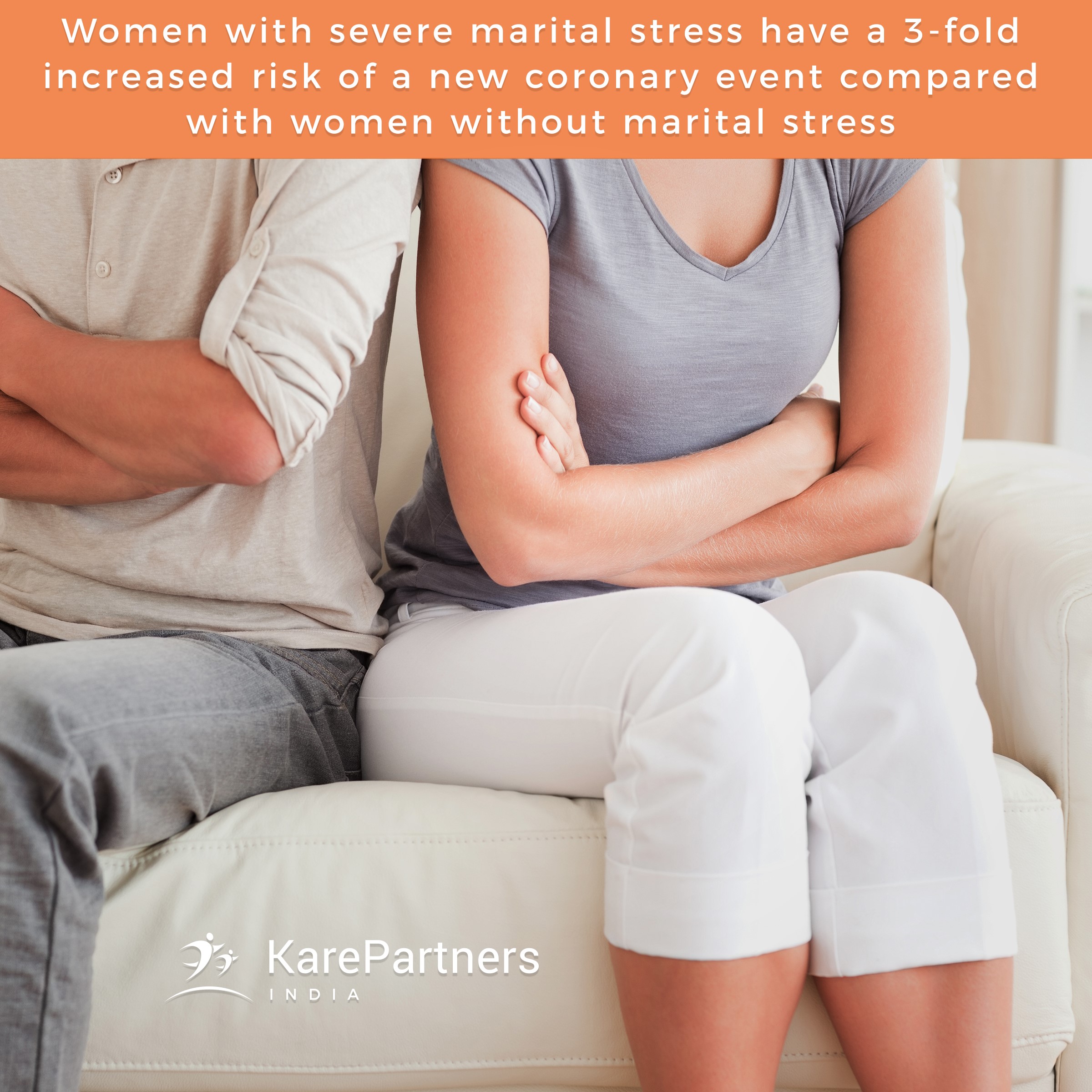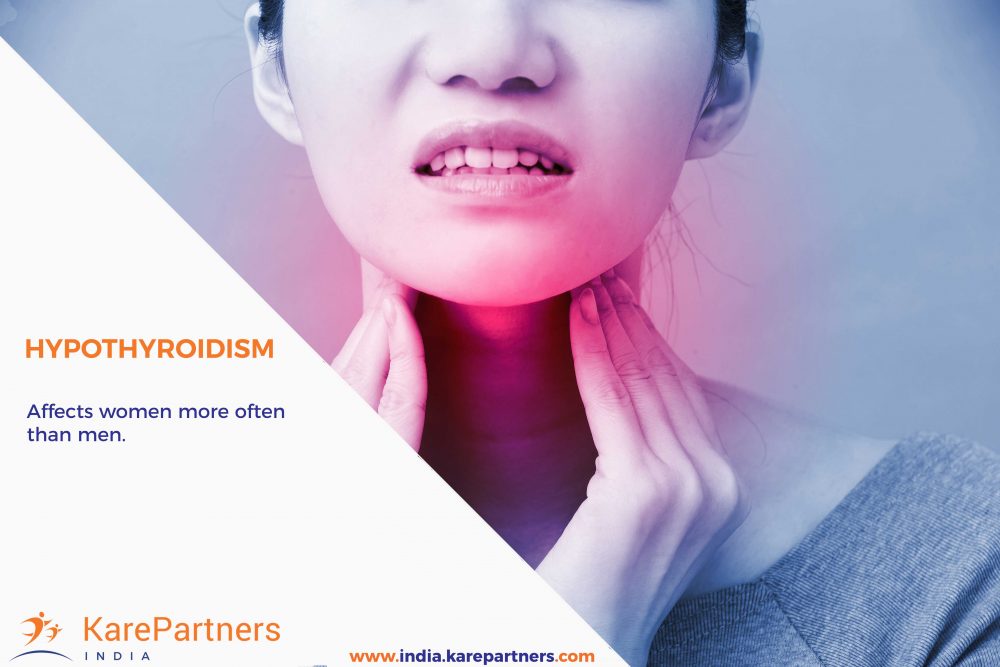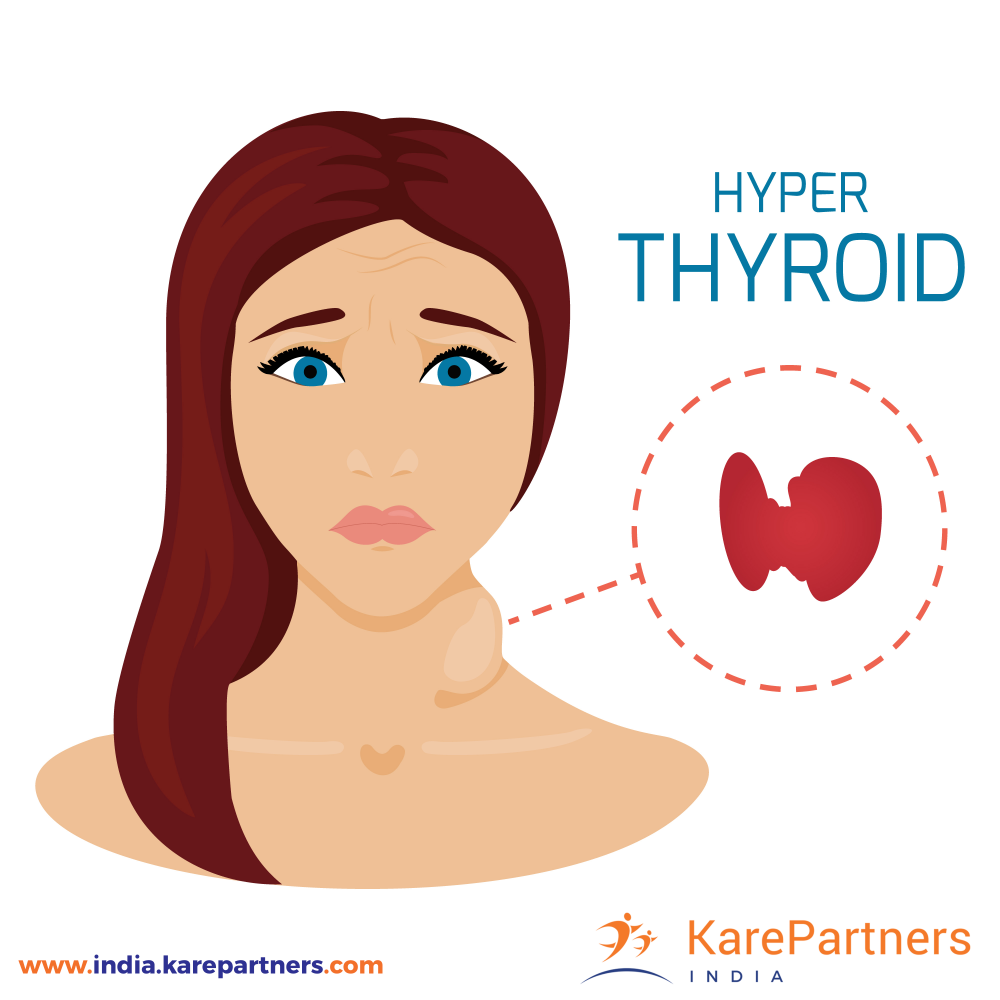Despite the improvements in the modern cardiovascular therapy, the morbidity and the unhealthy state of women’s cardiac health remains significant. Heart disease is not exclusive to men as women also fall prey to it. It is fatal for both. A report by the Registrar General of India on the “Causes of Death” established the fact that cardiovascular diseases (CVD) are a salient cause of death in women. If we go by the present statistics, out of more than 10 million deaths annually in India, almost two million are due to diseases of the circulatory system and myocardial infarctions, out of which 40 percent affected are women.
Coronary heart disease in women has been understudied since ages. Quality data from women at the continuum of age, with multiple co-morbidities and from racial and ethnic minorities have been scanty. With urbanization, the prevalence of Coronary heart diseases has taken a quantum leap from 2 percent in the 1960’s to more than 10 percent presently. Nilesh Gautam, a Senior Interventional Cardiologist says, “The Global Burden of Disease Study has reported that Ischaemic Heart Disease and Stroke are the most important causes of death and reason for years of life lost, apart from being one of the most important causes of disability and mortality in women.
Top heart attack symptoms in women
One month before a heart attack
During a heart attack
Unusual fatigue (71%)
Shortness of breath (58%)
Sleep disturbance (48%)
Weakness (55%)
Shortness of breath (42%)
Unusual fatigue (43%)
Indigestion (39%)
Cold sweat (39%)
Anxiety (36%)
Dizziness (39%)
Heart racing (27%)
Nausea (36%)
Arms weak/heavy (25%)
Arms weak/heavy (35%)
Source: Circulation 2003, Vol. 108, p. 2621.
Difference between women and Man
There is a quite difference among the symptoms of heart failure among men and women and that is the biggest challenge. Luckily, women can take strides to comprehend their exclusive symptoms of heart disease and can begin to reduce the cases of heart disease. How? Women’s signs of the heart attack may occur more frequently when women are latent, or even when they’re sleeping. Psychological stress may also elicit heart attack symptoms in women. There are various symptoms other than chest pain which is very common among women, such as fatigue (unusual), dizziness, pain in right or both arms, upper back, and jaw distress. Women with diabetes, mental stress, and hypertension are more prone to heart attacks. Menopause or a complication in pregnancy could also be the reason for causing it. (2)
There are various types of heart disease such as Atherosclerosis in which the blood flow stops, leading to ischemia of the heart vessels. When it occurs suddenly, it leads to myocardial infarction. Development of atherosclerosis occurs differently in men and women, in women plaque occurs in a single and small blood vessel; overall it is less common in women.
Women from the age group of 35–44yrs are more at risk and the number of heart attacks is increasing significantly. Obesity can also cause heart attacks in young individuals. Women are generally more prone when menopause occurs but during their fertile period, they are protected by hormonal effects. (1)
According to the facts and figures, heart diseases have been considered as the number one killer of women leading to one in three deaths per year. (3)
Risk of heart disease increases with the number of risk factors associated with the person, for example -if somebody smokes then he is more prone to coronary heart disease so he should try to quit it as soon as possible in order to prevent heart diseases.
Following healthy diet plays an important role in preventing heart diseases, one should include green vegetables, and low sodium and sugar diet, less fatty acids in order to remain healthy and fit. One should try to remain agile, should follow different cardio exercises to keep her heart healthy and in proper condition. With these preventive methods, women can easily prevent lifestyle diseases. Coronary heart disease risk factors change with time so due to its ongoing care play a vital role. Keep track on sugar levels, blood pressure levels in order to change treatment according to the requirement. The person should try to remain calm and tension free to avoid sudden heart problems.
Diagnosis is based on the personal as well as family histories of a patient, the patient is examined physically and few tests are performed in order to confirm the diagnosis.
• EKG’s/ECG’s check the rhythm of your heart, detect ischemia (poor blood flow to the heart), diagnosis the thickened heart muscle. Stress ECG is also very important to test for CVD diagnosis.
• EndoPat helps to diagnose early heart disease. It measures the changes in pressure that indicate changes in arterial blood volume. After completing the test we achieve Endo Score.
• Ankle Brachial Index (ABI) compares blood pressure measured at your ankle with your blood Pressure measured at your arm. It is a quick noninvasive test to diagnose your risk peripheral artery disease (PAD).
• Few imaging studies such as echocardiogram can be done which helps to confirm the diagnosis more appropriately.
• Various invasive and laboratory testing can be done in later stages to know the percentage of blockage in heart vessels. Cardiac biomarkers like Brain natriuretic peptide (BNP) and C-reactive protein (CRP) are better predictors of ischemic events in women as opposed to the routinely checked CKMB and troponins, which do not rise to such high levels in women as in men.
• CABG (Coronary Artery Bypass Surgery):-
In this technique, arteries or veins from somewhere else in the body are fixed to the coronary arteries to get rid of angina (chest pain) and lessen the danger of death from coronary artery illness. The implant bypasses narrowed or blocked passages of the arteries to recover blood supply to the cardiovascular muscles.
This process can be lifesaving in patients who are not right candidates for percutaneous catheter procedures (angioplasty and coronary stenting) or sustained medical therapy. Cardiothoracic surgeons may also accomplish slightly invasive and “off-pump” (no heart-lung bypass machine) processes.
• Mitral and aortic valve mending and replacement
This procedure is chosen to preserve the native valve, but when a patient’s cardiovascular valve is severely damaged, use of mechanical or tissue prosthesis (human donor tissue is implanted).A minimal incision can be made in order to reduce the risk of heavy bleeding, infection etc.Nationwide, researchers have shown that only 50% valves can be repaired, instead of replacement.
• Left ventricle rebuilding (Dor procedure)
Congestive cardiac diseases can be treated through this procedure and various kinds of aneurysms by restructuring the left ventricle in a process entitled to its originator, Dr Vincent Dor. It includes removal of dead tissue and improving its capacity to pump blood out to the body. This is regularly completed in combination with coronary bypass surgery and/or valve restoration.
• Surgical management of aortic aneurysms and dissections
Due to the weakening of aorta, there is a condition called aneurism (a dilatation or pouching), which can break or lead to a separation — also called a dissection — of the vessel walls. It can be considered as an emergency condition. Many of the patients can be treated through endovascular incisions.
• Cardiac Support Devices
Implantation of devices in the heart that supports blood circulation of the body is recommended. The TandemHeart implantable pump can also be used for patients who are at higher risk and undergoing higher interventions (angioplasty or coronary stent). This device is inserted through the groin within the artery.
• Lung and esophageal resection
Both esophagus and lungs can be affected by benign and malignant diseases, demanding the surgical elimination of the dead or damaged tissue.
Cardiovascular diseases remain the chief cause of death among women. Making women aware of the potential risks and how to bring down these risks will not only make women more conscious but also help to ameliorate their health and reduce health care costs. Refraining from tobacco usage, managing weight, taking care of diabetes and chronic kidney disease, regulating alcohol intake, a sedentary lifestyle can help a person dealing with CVD. These little efforts can go a long way in making the cardiac health of women better.
Dr Anuj Kamboj is the best and the most refined Cardiologist
in Karnal. He has handled and treated a vast number of successful cases. He has a specialization and expertise in the field of Non-Interventional Cardiology and is your One Point Contact for all your Preventive and Diagnostic Cardiology Needs. Drop in anytime at Kare Partners, Heart Centre, Karnal for your cardiac needs.

